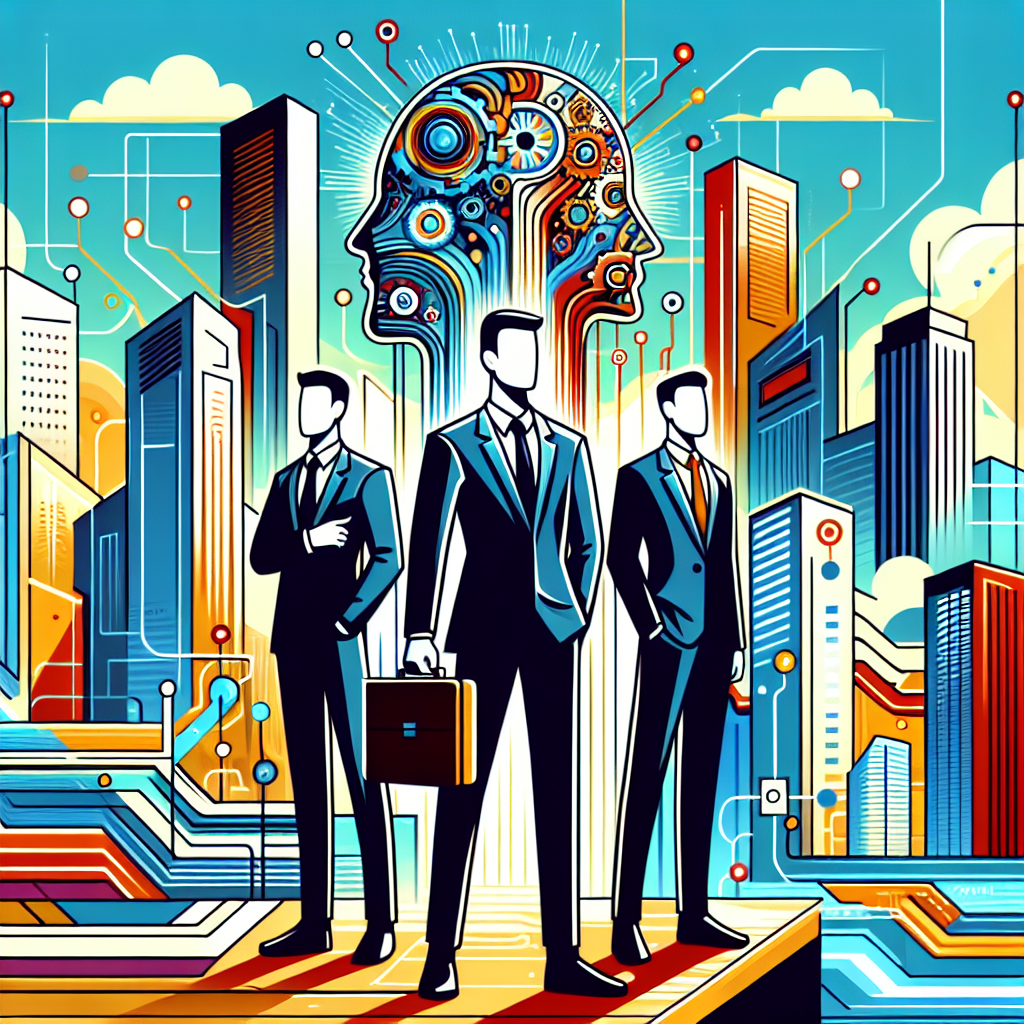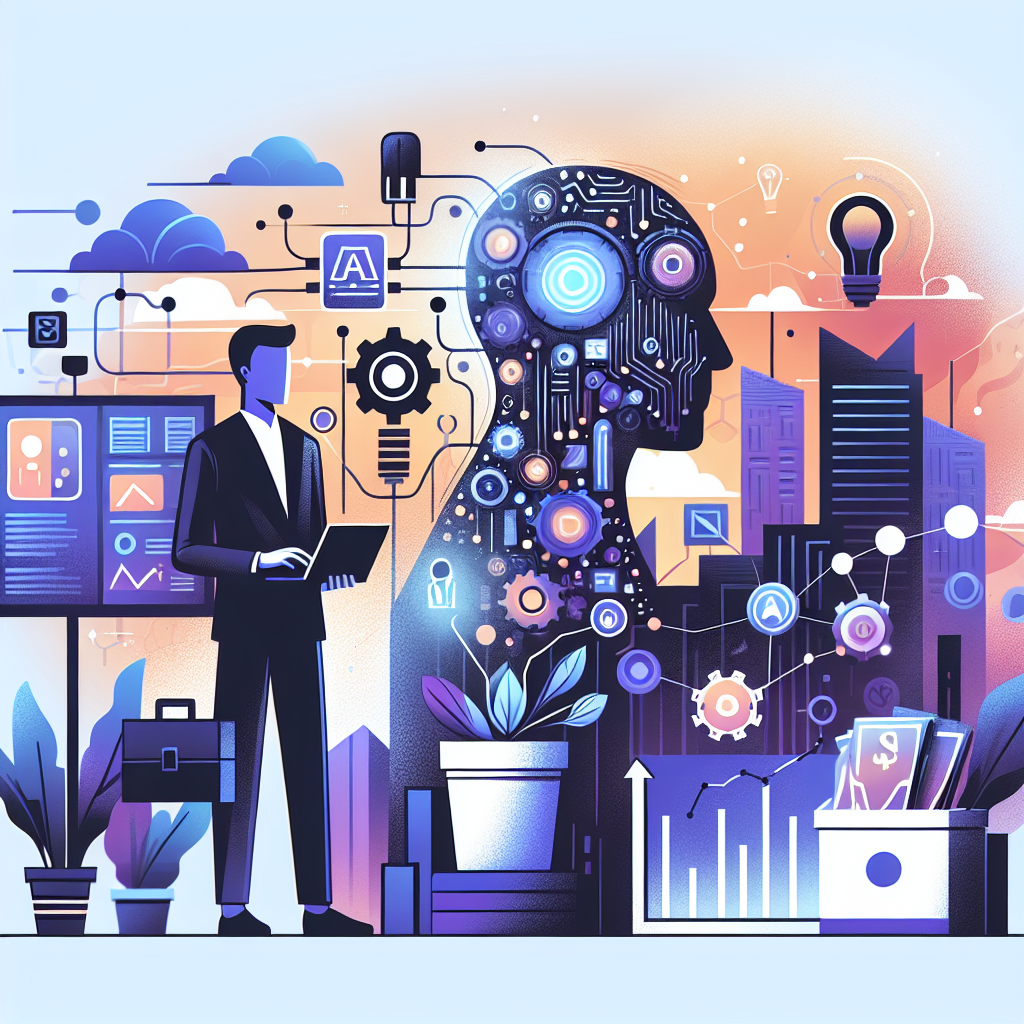Tag: machine learning
Artificial Intelligence (AI) is set to play an increasingly essential role in the burgeoning cryptocurrency field. However, like ...
Artificial Intelligence: Experiencing A Fundamental Evolutionary Phase A significant shift is currently ongoing in the realm of artificial ...
OpenAI’s co-founder, Gregory Brockman, recently proposed that the pre-training era in the field of Artificial Intelligence (AI) might ...
The volatile nature of the cryptocurrency market has opened up new opportunities, particularly for day traders. Artificial Intelligence ...
An Wake-Up Call from Financial Stability Board The Financial Stability Board (FSB) has voiced its apprehensions about probable ...








